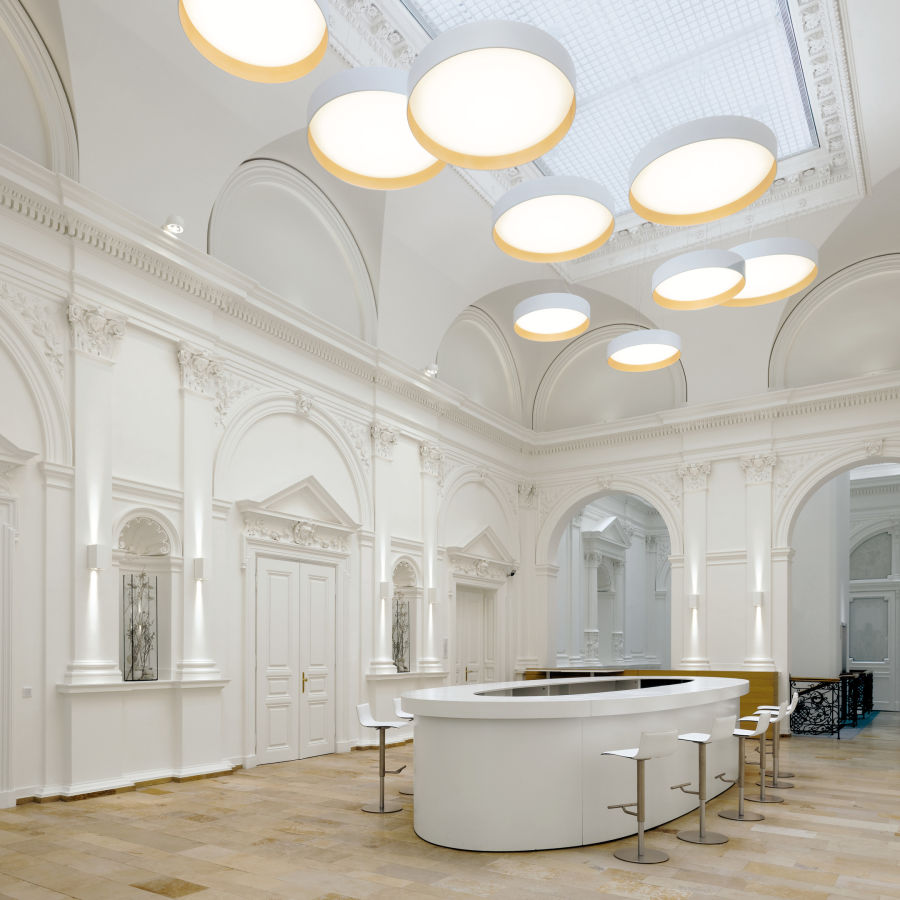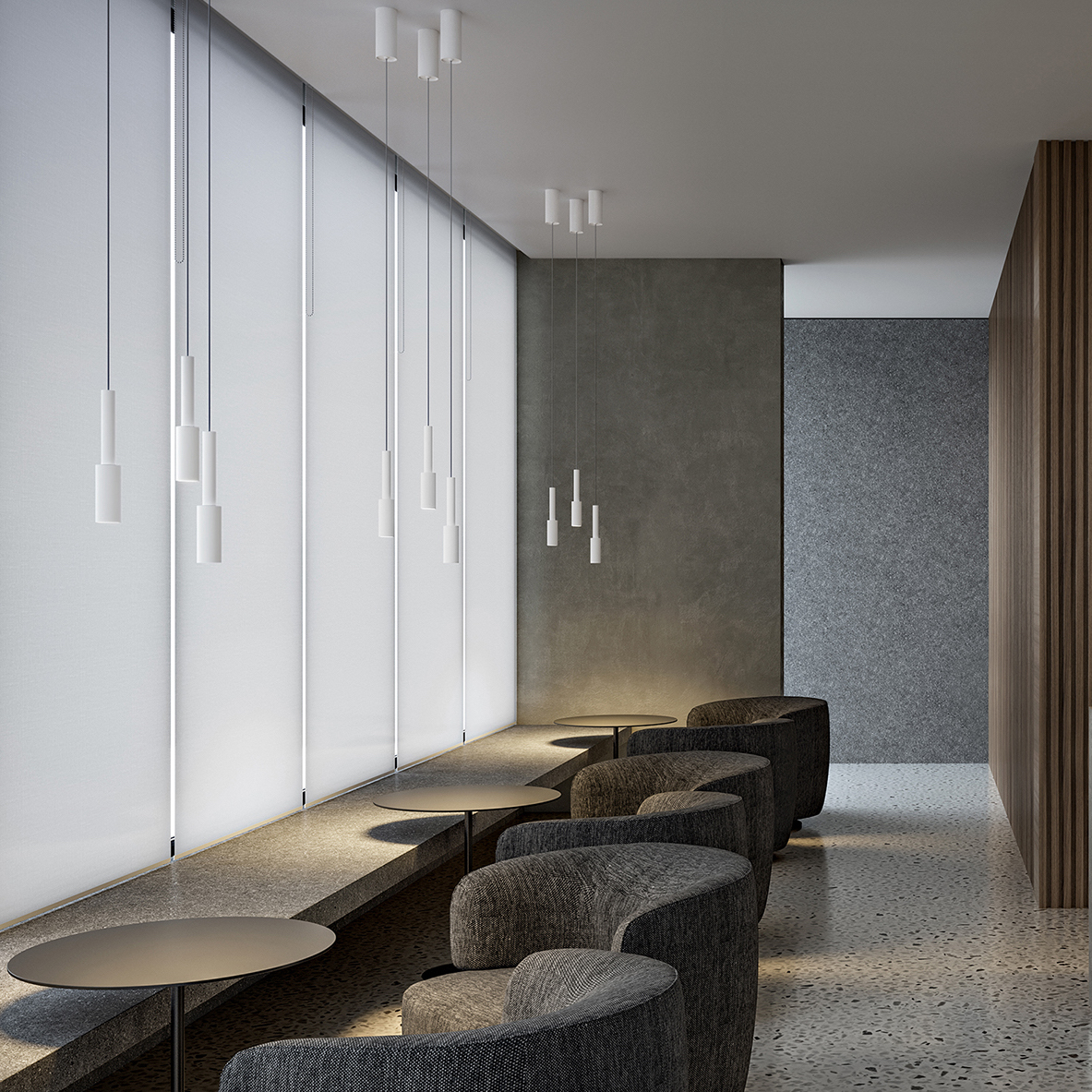In order to fully and safely utilise a space, lighting is vital. However, its power has long surpassed these fundamental duties, mostly due to technical advancements that have sparked more inventive and original design. By defining areas, creating visual comfort, setting the mood, highlighting texture, and amplifying colours, contemporary lighting design may drastically change the look and feel of a space. Scientific studies have shown that light can also have an impact on mood, focus, and general wellbeing.
The significance of architectural lighting
Architects and interior designers already make hundreds of choices to boost workplace productivity, allow for contemplation in libraries, and showcase products in stores. In all these cases, lighting can complement the architecture, to function as two interdependent components of a single integrated experience. Architectural lighting also contributes significantly to telling this story and frequently brings it to life and thus, must be addressed in the early stages and be carefully thought out in order to achieve the desired effect.
Architectural lighting design is comparable to lighting design, although it is not identical. The former is concerned with qualitative elements of lighting whilst the latter is typically concerned with ergonomics or functionality -any feature that improves one’s ability to live, work, function, relax, or play- to ensure that light is efficiently utilised and distributed. Architectural lighting, in the end, highlights and enhances specific design aspects in order to develop, establish, or underscore a space’s aesthetic and function, combining art, design, and technology. Other disciplines are also involved, including physics, engineering, and the psychological and physiological consequences of light.
Architectural lighting for commercial applications
When it comes to commercial uses, like as offices, businesses, or educational settings, there are numerous options on the market, making selecting the proper fixture a difficult decision. Commercial LED lighting nowadays necessitates a thorough understanding of smart lighting systems and controls. This involves staying current with breakthrough products that, thanks to LED lighting’s technological advancement and versatility, allowing architects and designers to accomplish more creative ideas. For example, to highlight architectural highlights without showing the fixture visually.

BEGA Exterior Wall Luminaires with emission on four sides are used expertly to enhance the design and physical structures of this apartment building using light.
Linear
Linear lights provide crisp, straight lines of lighting in any length or colour—and with seamless connections from ceiling to wall. These are typically found in workspaces that try to stimulate creativity, productivity, and attentiveness by creating a dynamic environment. The architectural lighting system can generate any desired linear design, mounted on the surface of or recessed into the ceiling, wall, or floor. It can be used to highlight modern interiors or to give a balanced general illumination.

In this project linear profile transforms light into an architectural and sculptural element that effortlessly creates ambience within the entrance space.

Here linear profile with uplighting creates an atmosphere that is comfortable while highlighting the distinctive ceiling.
Suspended & Pendants
The illumination from pendants and suspended fixtures is adaptable to a wide range of applications. Traditionally seen as more decorative. The light from a shielded pendant luminaire creates a uniformly soft and gentle lighting atmosphere. The resulting indirect, yet uniform illumination is particularly attractive to the human eye. A highly decorative pendant can draw the eye up to features of historical buildings that are often overlooked, however, if the light source is suspended below the eye line, it can create an intimate atmosphere perfect for restaurants.

Large BEGA STUDIO LINE Pendants are used expertly to emphasise the scale and historical details of the room.

Tubino pendants from Panzeri are used to define each table creating a more cozy atmosphere.
Track Lighting
Track lights provide excellent lighting options, simple adjustments, and complete versatility when it comes to lighting rooms. They are perfect for use in stores, museums, or in the use of highlighting artworks. The track system enables the luminaires to be swiftly replaced if necessary and positioned as needed to highlight particular regions or displays.

Addition Track Spotlights can be added or removed depending on the requirements of the space.

Tantalum Track Spotlights are used to highlight displays in David Jones. Their adaptability means that they can be repositions as the season dictate new displays.

For this gym, lighting was used to create different spaces requiring different levels of physical motivation.
Architectural lighting is used to tell the story of your structure, the features you want to highlight and bring to life. Architecture and lighting should never be aesthetically incompatible. They complement one another and must function as two components of a total human experience.




